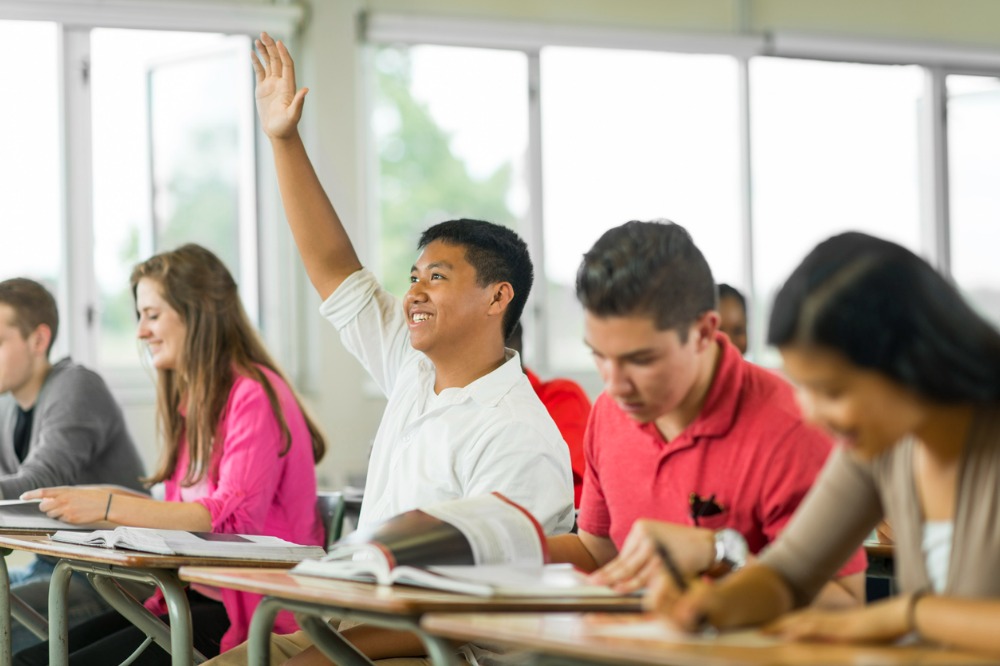
Ongoing efforts to close the achievement gap between Indigenous and non-Indigenous students require a new approach by education policymakers, a new report has found.
An analysis published by Dr Kevin Lowe of UNSW (and associates) reveals that barriers of indifference, resourcing, and leadership have worked to limit students’ ability to access quality language and cultural programmes.
Dr Lowe’s paper, ‘School-based Indigenous cultural programs and their impact on Australian Indigenous students’, considered the fact that while state and territories around Australia are attempting to shift the gap of underachievement for Indigenous students, programs currently in place are patently not working.
As leaders who are responsible with overseeing their school’s curriculum and pedagogy, principals have a critical role to play in tackling this issue, says Dr Lowe.
“The role of school leaders – which we have taken to be more than just the principal, as we see a clear pattern of success when either school-based Aboriginal staff take a leadership role, or a community elder works closely with the school – were paramount to the success of programs,” Dr Lowe told The Educator.
“Evidence was clear that success was underpinned by leaders who rose to the occasion and lead from the front [not in a one-man band model] but who understood the significance of the task in front of them, made conscious choices about their commitment, and were open to genuine collaborative or co-leadership with significant advocates in the community”.
Dr Lowe said the greater the level of “conscientization” – the self-actualising understanding that come through developing and strengthening one's deeper understanding – that school leaders develop and can then use to challenge past practices, policies or beliefs.
“Foundational to this work, is the developing of an authentic and sustained strategy of engagement with families and the wider indigenous communities surrounding the school,” he said.
“This goes well beyond the ‘normal’ engagement policies that are favoured by school systems, to long-term commitments about the why, when and how these programs will be developed and enacted through the school”.
Dr Lower said the school needs to be “a centre of advocacy” for this work.
“In that, the school leadership team needs to build strong professional relationships with staff such that they too look to support students access to the range of programs that would underpin this initiative,” he said.
Dr Lowe said that while he is not an advocate of the "closing the gap" strategy per se, he – like most if not all aboriginal parents – cannot wait for the day when Aboriginal students’ success is “equivalent, but not necessarily the same, as for all other students”.
“I like other members of the project team, am drawn to the term ‘success as Aboriginal’ – a term that we have borrowed from New Zealand, where they coined the term ‘success as Maori’,” he said.
“This phrase which though simply falls off the tongue, directs our thoughts to the specific question, how when a student on their last day of schooling looks back and is able to draw on their sense of indigenous identity as underpinning to their academic, social and cultural success within the school environment”.
Dr Lowe said this project directly focuses on Indigenous students identity, and how fostering and supporting students unique indigenous identities, underpins their resilience and sense of belonging, to their communities, their elders and knowledge/culture.
“This finding from research in both New Zealand and Canada, that links improved and supported Aboriginal students’ identity formation to their longer-term engagement with schooling,” he said.
“For this to work, schools need to move from the ephemeral or tokenistic engagement in the cultural space, to a genuine curriculum initiative that sees local language/s and cultural practices, become a central platform of schooling entitlement for Indigenous students”.


